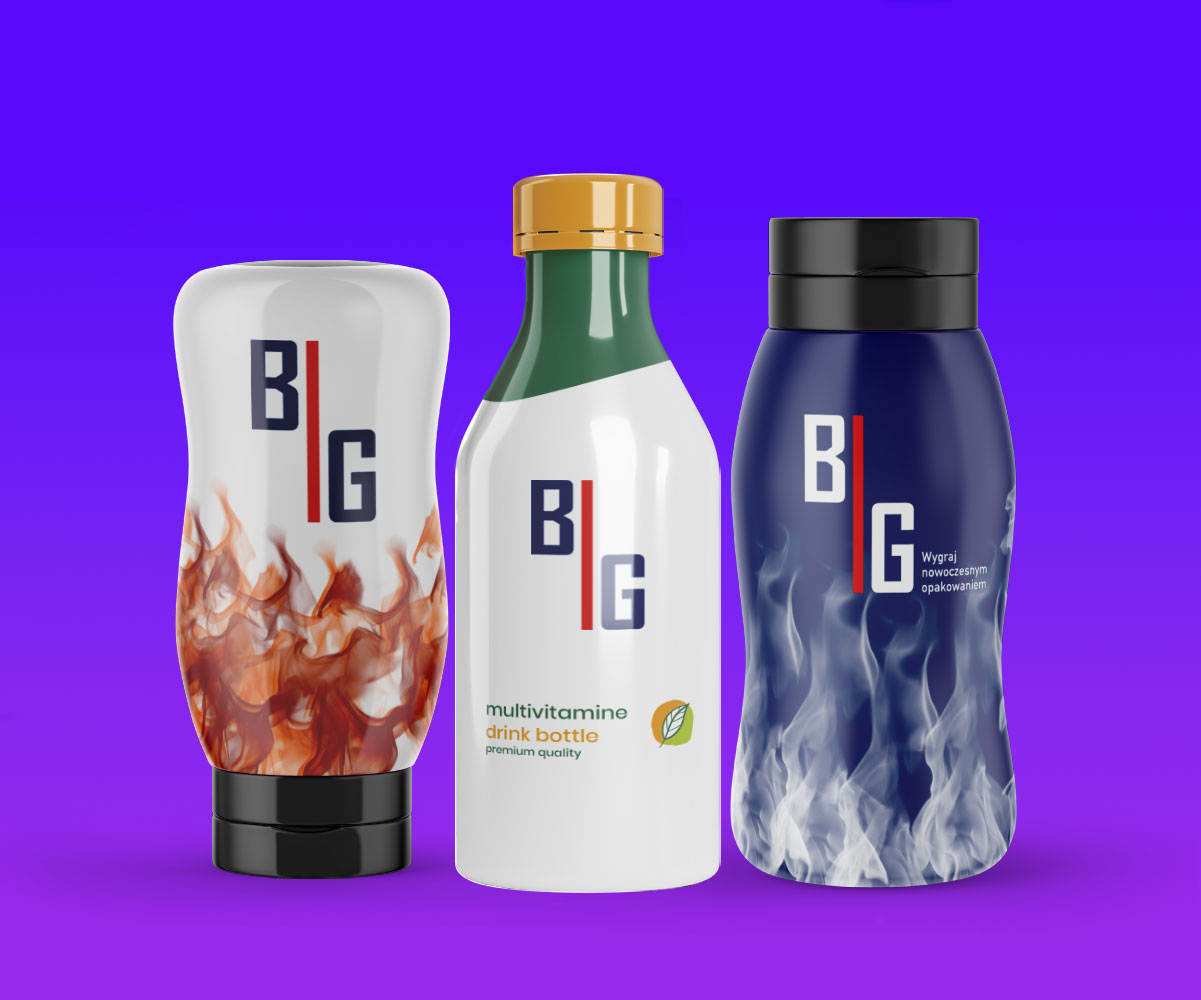
On a crowded store shelf, your product has just 2–3 seconds to catch the customer’s eye and encourage them to pick it up. In this short time, the customer doesn’t read – they judge. The label becomes not only a source of information but also the very first impulse to buy.
In this article, we’ll show you how a well-designed and crafted label affects sales, which mistakes to avoid, and what to do to ensure your product stands out among the competition.
First Impressions – Customers Buy with Their Eyes
Purchasing decisions are often made intuitively and emotionally. As the brain processes dozens of stimuli in the store, it automatically filters products. What grabs our attention?
Color – has psychological meaning (e.g., green is associated with nature, red with promotions).
Contrast – increases legibility and draws the eye.
Typography – if the product name is hard to read, the customer will walk away.
Layout – chaos deters, while a clear hierarchy guides the eye.
A label acts like a miniature advertisement – it has a fraction of a second to convince the customer that this is the product worth choosing.
The 5 Most Common Mistakes That Ruin the Effect
Even a good product may not sell if its label doesn’t work. Here are the most common problems:
1. Font too small or overly decorative
If the customer can’t read what’s written, they lose trust and pick something else.
2. Lack of contrast and color consistency
Colors should reinforce the message and match the brand image. Weak contrast causes the label to “disappear.”
3. Overloaded with content
Too much information – especially for food or cosmetic products – overwhelms the consumer.
4. Poor print quality
Smudged letters, bad materials, lack of durability – all of these lower the perceived value of the product.
5. Lack of a unique feature
If the product looks “like all the others,” no one will notice it. Even a unique formula won’t help if nobody discovers it.
The Label is More Than Just a Description – It’s Your “3 Seconds” of Marketing
A label is not just product information. It’s a carrier of brand values, story, and emotion. A good label:
- tells the product’s story,
- inspires trust (e.g., through certificates, ingredients),
- builds a relationship with the customer (e.g., with personalized language),
- encourages action (e.g., QR code, CTA).
That’s why companies invest in design, copywriting, colors, formats, and printing technologies – because they know that a label can sell even an average product, while a poor label can ruin an excellent one.
How Does Print Quality Affect Label Perception?
Even the best-designed label won’t work without proper execution. Here are a few technical aspects that matter a lot:
✅ Flexographic printing – flexibility and quality
Enables both large runs and personalized labels, as well as small batches. Ideal for both large and small orders.
✅ Finishes – a premium touch
UV varnish, gilding, embossing, or cold stamping add luxury and make the product stand out on the shelf.
✅ Durability and resistance
A label must be resistant to water, grease, abrasion, and light – especially in the food and cosmetics sectors.
At B-G.PL, we offer a wide range of solutions – from classic self-adhesive labels to shrink sleeves and sleeves, tailored to every product type and industry.
What Works Best in Different Industries?
Food sector:
Key: durability, regulatory compliance, legible ingredient list.
Self-adhesive labels or shrink film work well for beverages.
Cosmetics:
Aesthetics and a “premium” feel matter.
It’s worth using special finishes and peel-off labels (for additional information).
Household chemicals:
The label must be resistant to external conditions.
Ideal are laminated labels and those resistant to moisture.
What are the Alternatives to Standard Labels?
- Sleeve labels (shrink sleeves) – full packaging coverage, perfect for bottles.
- Peel-off labels – allow you to add instructions or promotions without changing the package size.
- Transparent labels – give the effect of “printing directly on the packaging,” visually very attractive.
All these solutions are available from us – together with advice on how to best match the label type to your product and target group.
A label is your product’s first “hello.” In times when customers don’t have time to read and shelves are packed with options, immediate effect is key. That’s why, when designing a label, don’t just think about information – think about emotion and distinctiveness.
Invest in design, choose the right materials, don’t cut corners on print – and make sure your label not only informs, but also attracts, convinces, and… sells.
FAQ – Frequently Asked Questions
How much time does a customer spend evaluating a product on the shelf?
On average, 3 seconds – so the label must be clear, attractive, and instantly convey the most important information.
Can a label really increase sales?
Yes. Many studies show that label design affects the perceived quality of the product and customers’ choices.
Is it worth investing in special finishes?
Yes – especially in cosmetics and premium food sectors. Finishes make the product stand out and build the brand image.
Are transparent labels durable?
Yes, if made from the right material – resistant to moisture, grease, and light.